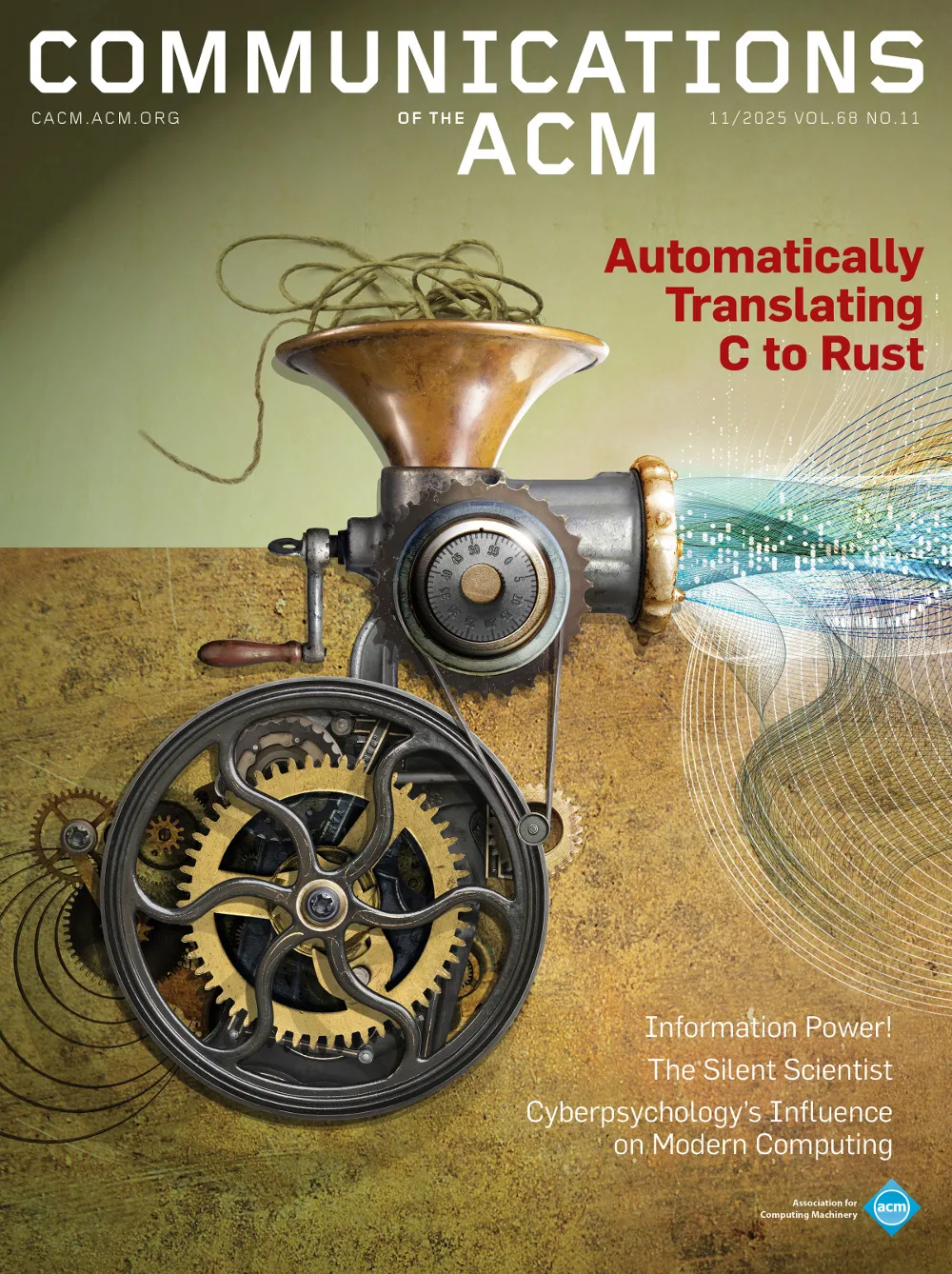February 2005 - Vol. 48 No. 2

Features
Google: What It Is and What It Is Not
Sigs Announce Candidates For Election
Top 10 Downloads from Acm’s Digital Library
Volumetric Heart Modeling and Analysis
Incorporating 3D Virtual Anatomy Into the Medical Curriculum
Open Source Software For Medical Image Processing and Visualization
Notice of Intent to De-Charter Professional Chapters
Notice of Intent to De-Charter Student Chapters
Centralization Momentum: the Pendulum Swings Back Again
Evaluating Information Security Investments -sing the Analytic Hierarchy Process
The Value of Mobile Applications: a Utility Company Study
Examining Differences Across Journal Rankings
Intelligent Mobile Crisis Response Systems
Dataless Objects Considered Harmful
E-Government -sability For Older Adults
Responsibilities of Technologists



